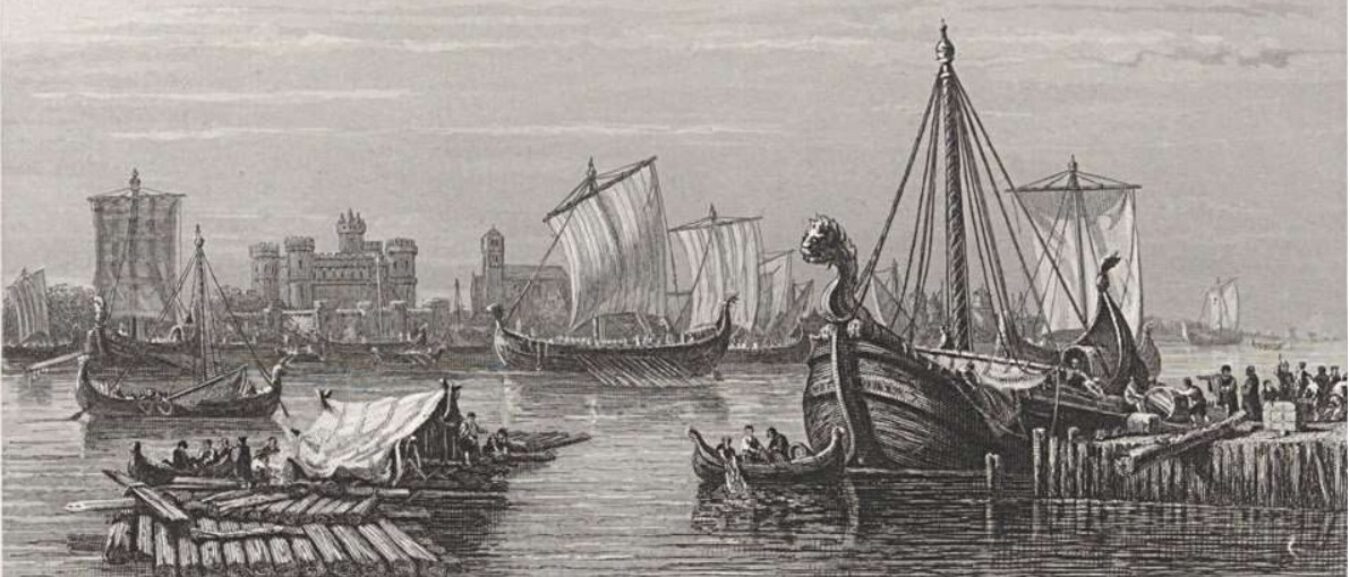Mokosh is a goddess in Slavic mythology who was associated with fertility, agriculture, weaving, and women’s crafts. She was often depicted as a woman with long hair, dressed in a long robe, and holding a spindle, a distaff, or a sheaf of grain.
Mokosh was revered as a powerful and benevolent deity who presided over the natural world and the cycles of growth and harvest. Her association with fertility and women’s crafts linked her to the cycles of life and birth, and her worship was closely tied to the institution of marriage and the importance of family.
In addition to her role as a goddess of fertility and women’s crafts, Mokosh was also associated with divination and prophecy. Her ability to see the future and to guide the people through difficult times was highly valued, and her image was often used in talismans and amulets to bring good luck and protection.
Mokosh was especially venerated by women, who saw her as a protector and guide in their daily lives. Her worship often involved offerings of bread, grain, and other foodstuffs, as well as the use of charms and spells to bring good luck and ensure a bountiful harvest.
Despite the Christianization of the Slavic people, Mokosh remained an important figure in their folklore and traditions, and her image was often associated with the power of the natural world and the importance of women’s work and creativity. Today, she is often celebrated as a symbol of strength, fertility, and the power of female wisdom and intuition.

